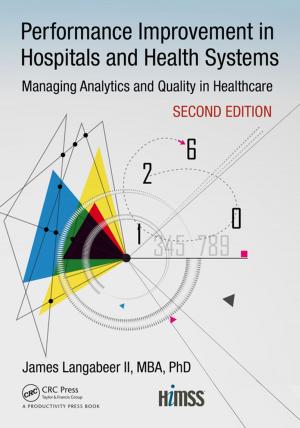Unraveling the Crime-Place Connection, Volume 22
New Directions in Theory and Policy
Nonfiction, Social & Cultural Studies, Social Science, Crimes & Criminals, Criminology| Author: | ISBN: | 9781351374347 | |
| Publisher: | Taylor and Francis | Publication: | November 22, 2017 |
| Imprint: | Routledge | Language: | English |
| Author: | |
| ISBN: | 9781351374347 |
| Publisher: | Taylor and Francis |
| Publication: | November 22, 2017 |
| Imprint: | Routledge |
| Language: | English |
Unraveling the Crime-Place Connection examines in a new light how places enhance our understanding of crime and its control. While there has been much work in this area focused on policy, few have examined the underlying theories that inform this work. Theory has played a secondary role in the "criminology of place," and this volume brings it to the forefront of scholarly concerns.
Each part and its chapters illuminate cutting-edge ideas in the etiology and control of crime at place, beginning with an introductory Part I. Crime is often concentrated in very small geographies, and Part II emphasizes the importance of capturing the dynamic nature of places in order to understand crime clustering. Part III offers integrative theories on the varying contextual arrangements of places and links theories of places to other theories of individuals, neighborhoods, and other social contexts. In Part IV, theorists ask how the actions of place owners facilitate or control crime and what policies governments can institute to regulate place management.
This volume will be of interest to criminologists worldwide and useful for graduate-level or advanced undergraduate courses on environmental criminology or crime prevention.
Unraveling the Crime-Place Connection examines in a new light how places enhance our understanding of crime and its control. While there has been much work in this area focused on policy, few have examined the underlying theories that inform this work. Theory has played a secondary role in the "criminology of place," and this volume brings it to the forefront of scholarly concerns.
Each part and its chapters illuminate cutting-edge ideas in the etiology and control of crime at place, beginning with an introductory Part I. Crime is often concentrated in very small geographies, and Part II emphasizes the importance of capturing the dynamic nature of places in order to understand crime clustering. Part III offers integrative theories on the varying contextual arrangements of places and links theories of places to other theories of individuals, neighborhoods, and other social contexts. In Part IV, theorists ask how the actions of place owners facilitate or control crime and what policies governments can institute to regulate place management.
This volume will be of interest to criminologists worldwide and useful for graduate-level or advanced undergraduate courses on environmental criminology or crime prevention.















